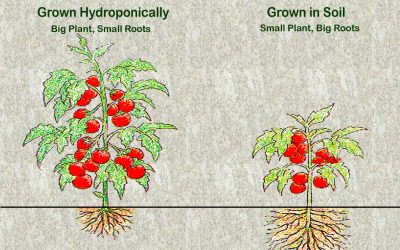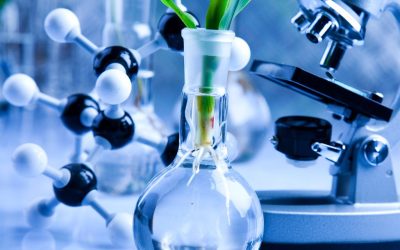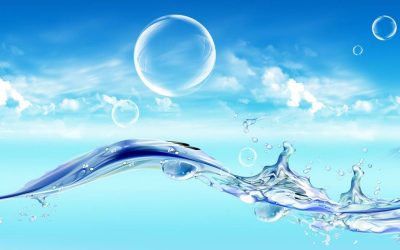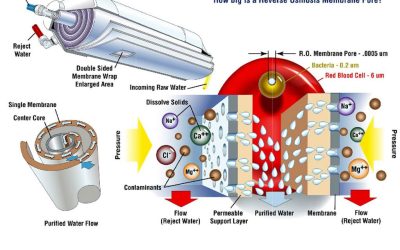Growing in Soil Growing Hydroponically Soil microorganisms are necessary to break down soil particles into the basic elements of nitrogen, phosphorus, potassium and trace elements.. Balanced nutrient formula is dissolved directly into water so plants receive perfect...
Hydroponics
What Are the Best Water Types for Hydroponics
There are many types of water to choose from when sourcing water for your hydroponic system. Some are better than others, and now is the time to determine the differences. The best situation is to have water with no added minerals, with an EC of close to zero...
The Foundation of Hydroponics
Category 1: Class of Hydroponics Agroponics Aeroponics Aquaponics Category 2: Nutrient Derivations Hydroponic Bioponic Aquaculture Category 3: Types of Hydroponic Systems: Open/Closed High Density Vertical (HDV) Vertical Nutrient Film Technique (NFT) Deep Water...
An overview of Hydroponics
Definition of Hydroponics Hydroponics is actually the science of growing plants without soil. Rather than soil, plants are grown in solutions containing each of the necessary minerals and elements. Methods utilized to get the nutrients to the roots, combined with the...
Why Use Hydroponics
The ability to produce higher yields than traditional, soil-based agriculture Allowing food to be grown and consumed in areas of the world that cannot support crops in the soil Eliminating the need for massive pesticide use (considering most pests live in the soil),...
Reverse Osmosis also known as “RO”
Reverse osmosis is a process of separation that uses pressure to force a highly concentrated solute through a semi-permeable membrane to a region of lower solute concentration, which leaves the solute on one side and only the solvent on the other. The image below...






